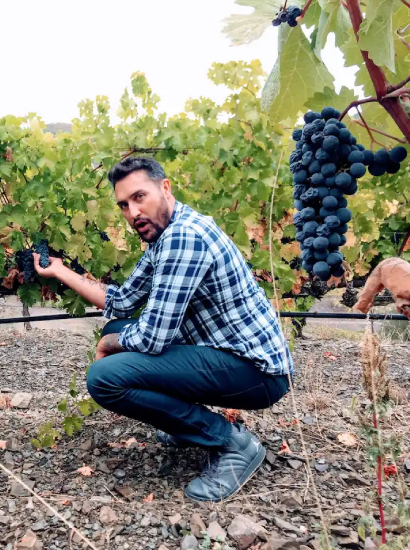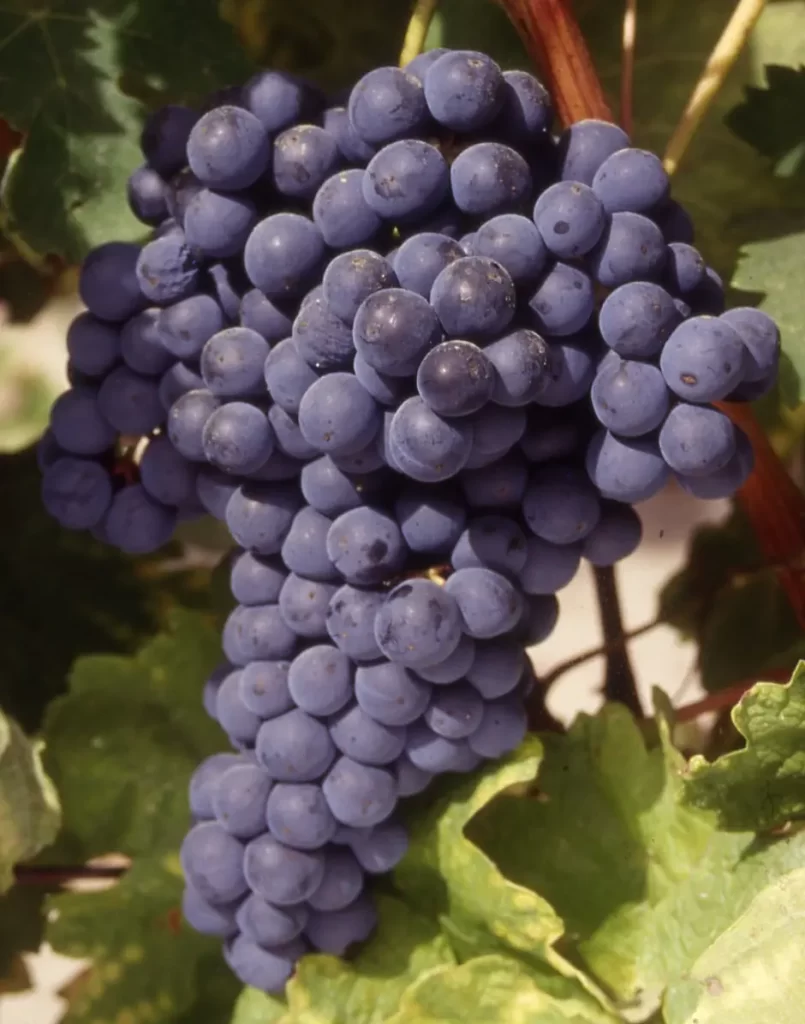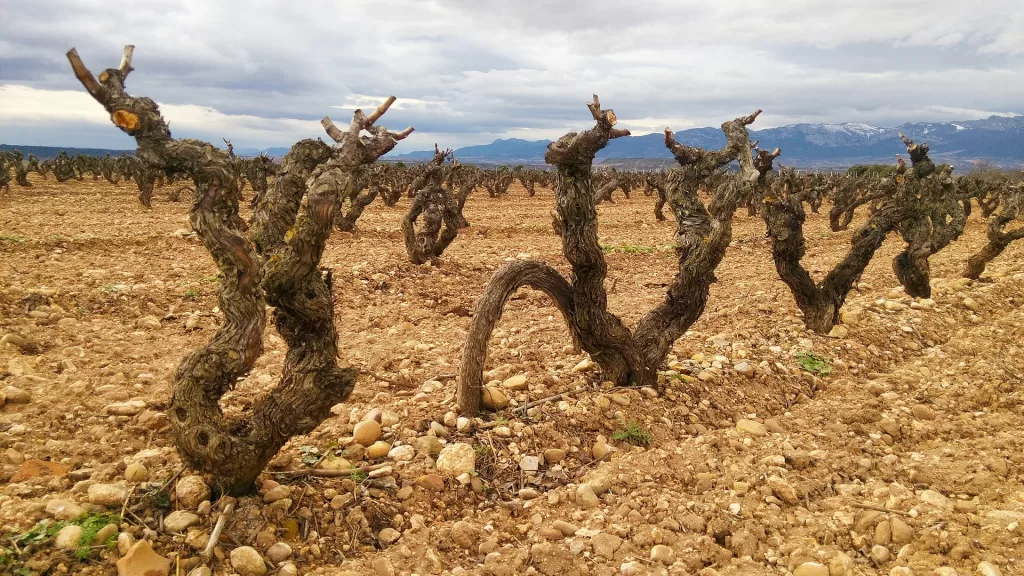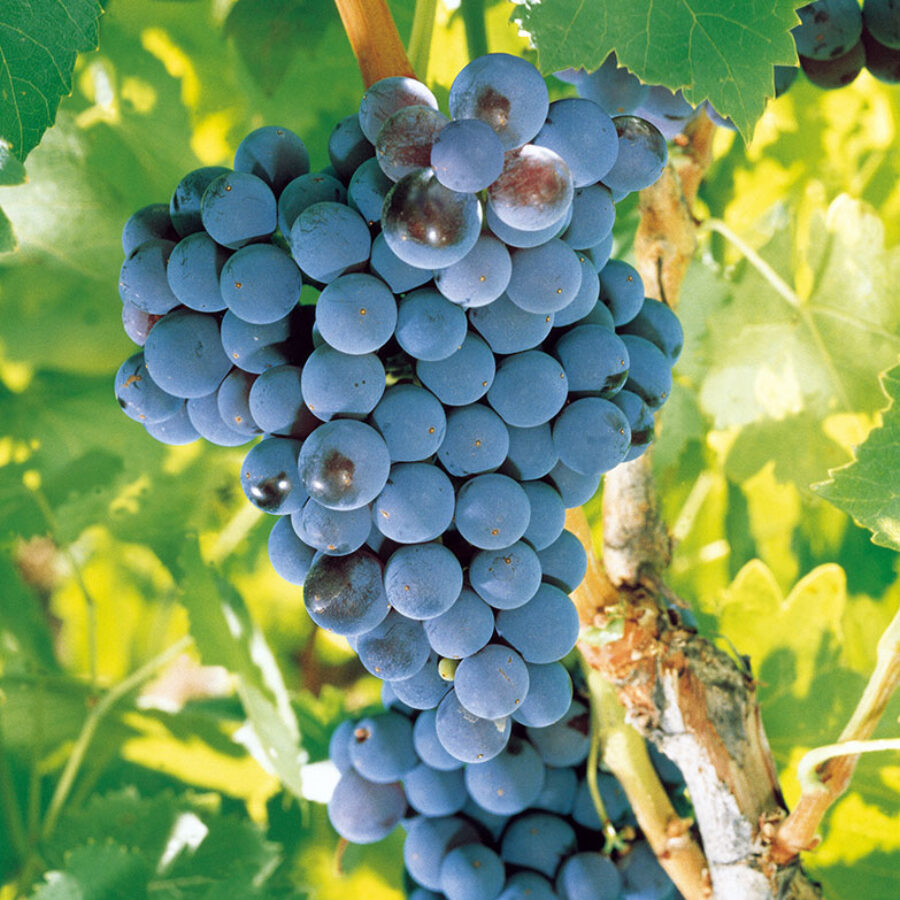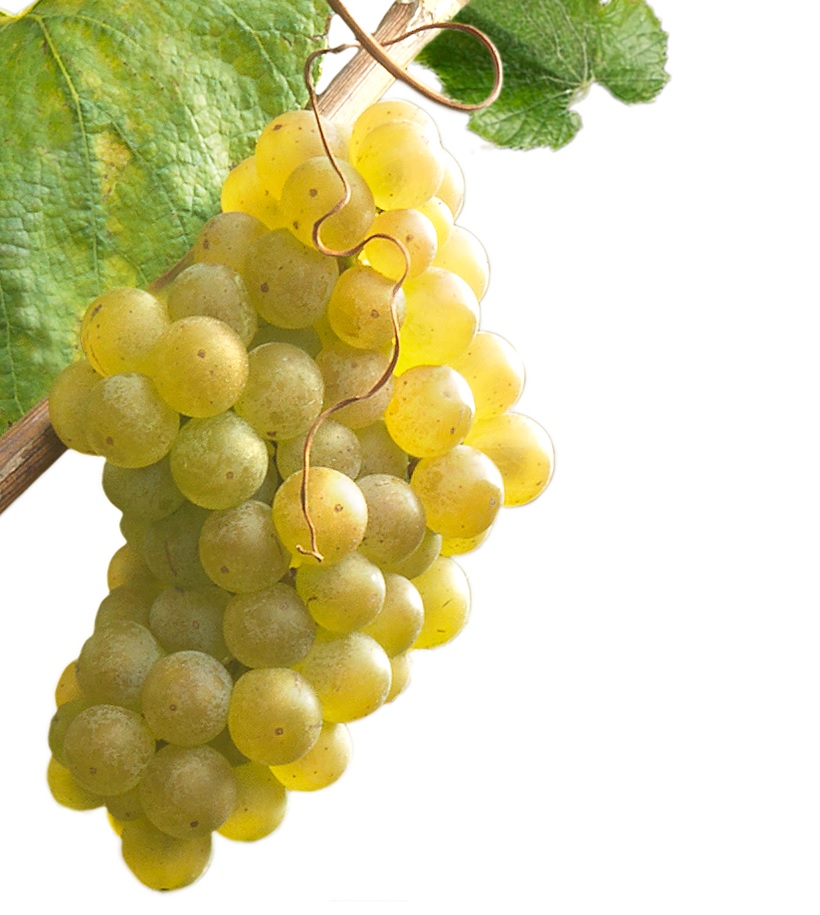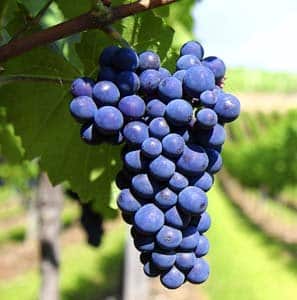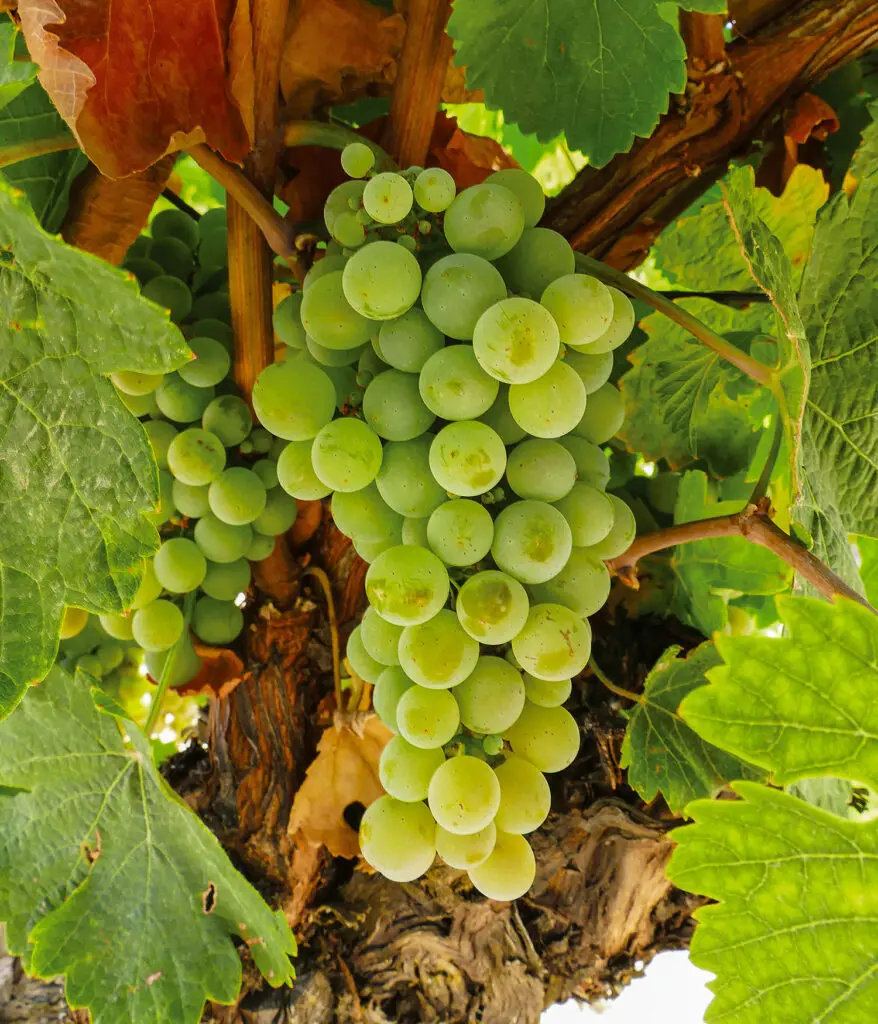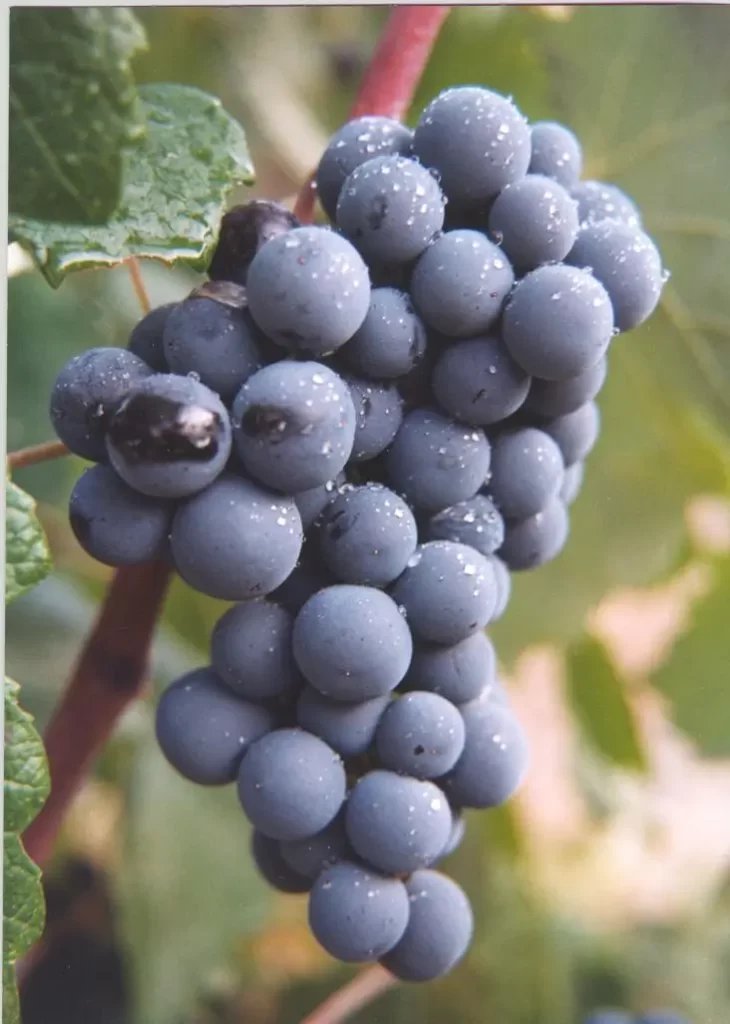1. Introduction to Spanish Wine
There is no Spain, as we know it, without wine. Wine in Spain isn’t just a drink, nor even a way of life, but a human right – something that people from any walk of life anywhere in the country can access at any time, by virtue of availability and accessibility. Wine in Spain is always within reach, designed to complement the land, climate and cuisine.
Spanish wines can be exceptional and they can also just be good enough for today (very rarely are they bad, according to the author). Spanish wines are intertwined with the land from which they spring and the cuisine that they accompany. Spanish wines will reflect its terroir: strong tempranillos in Toro to go alongside the hearty meat dishes from that land, just like fresh albariños found themselves growing along Galicia’s crisp, seafood farming saltwater inlets.
Spanish wine is a part of life out here, and to help you in your wine adventures we’ve set out to create an accessible, and above all joyful, guide to hold your hand as we drink one or two glasses (or bottles) too many.
2. Spain’s Key Grape Varieties
Tempranillo
This is the prototypical Spanish wine, the one that’s found on shelves around the world, indelibly associated with tapas and manchego and that big, flat, Spanish plateau where food and wine are abundant and an afternoon siesta always seems like a great idea.
Want more? Here’s the Ultimate Guide to Tempranillo.
Garnacha (Grenache)
Our favourite BBQ wine, a juicy and fresh counterbalance to Tempranillo’s often assumed heaviness. Garnacha is a Spanish native wine that was shipped out to Southern France and beyond during the age of empire, but is still best enjoyed here in Spain, with friends in the park, or by itself at home.
Having a BBQ soon? Make sure you choose the right red with our Ultimate Guide to Garnacha (Grenache)
Albariño
There’s no more pronounced example of a wine imitating its terroir — and pairing perfectly with local produce — than the relationship between the Albariño grape and the Rías Baixas region in Galicia. A crisp and refreshing white wine, often imbued with minerality thanks to the region’s sea frontage, frequent wind and rainstorms, and coastal soil profile. As such, these wines pair wonderfully with seafood — particularly shellfish.
Planning on cooking some razor clams soon? Here’s our Ultimate Guide to Albariño.
Monastrell
Often found in southeastern Spain, Monastrell’s sun-soaked upbringing makes it a tough and thick-skinned wine known for its bold flavors and high tannins. Expect dark fruit and earthy notes, making it a great match for grilled meats.
Want to know more? Check out our Ultimate Guide to Monastrell.
Verdejo
A bright and aromatic white wine, Verdejo from Rueda is loved for its refreshing acidity and citrusy, herbaceous profile. It’s an ideal choice for lighter dishes and hot days.
Want to know more about Spain’s number one white? Here’s our Verdejo ultimate guide.
Mencía
Native to northwest Spain, Mencía produces elegant reds with a floral nose and balanced acidity that transport you to their terroir – some of the most unique and stunning in Spain. Often compared to Pinot Noir. Try it with cured meats and cheeses.
And check out our ultimate guide to Mencia, here.
Bobal
Predominantly grown in the Valencia and Utiel-Requena regions, Bobal is known for its deep color, high tannins, and juicy red and dark fruit flavors. It’s a staple in Spanish winemaking and is gaining popularity for its robust, age-worthy wines.
Pour a glass of Bobal with our ultimate guide.
Cariñena (Carignan)
Found in northeastern Spain, particularly in Priorat and Montsant, Cariñena (also known as Mazuelo in Rioja, Samsó in Catalunya and Carignan across the border in France) adds structure and earthy depth to blends and single varietal wines. Look for hints of dark berries, spice, and mineral notes.
To learn more about the unappreciated red-headed step child of Spanish wines, hit up our Ultimate Guide to Cariñena (Carignan) here.
Godello
Godello is a rising star among Spanish whites, especially in Galicia and Bierzo. Known for its refreshing acidity and complex minerality, it offers flavors of green apple, lemon, and subtle floral notes, often compared to Chardonnay.
Graciano
A native to Rioja, Graciano is typically used in blends for its concentrated color, acidity, and intense flavors of blackberry, plum, and spice. When made as a single varietal wine, it shines with age-worthy complexity and a firm structure.
Listán Negro
Commonly grown in the Canary Islands, Listán Negro produces light-bodied, fresh, and aromatic reds that carry flavors of red berries, herbal notes, and a touch of volcanic minerality from the islands’ unique terroir.
Maturana Tinta
A lesser-known grape making a comeback, Maturana Tinta hails from Rioja and delivers rich, aromatic wines with a full body and spicy, dark fruit flavors. It’s valued for its acidity and tannic structure, ideal for aging.
Palomino Fino
Best known as the primary grape in Sherry production, Palomino Fino thrives in the chalky soils of Jerez. This versatile grape produces dry, savory wines with a nutty profile, ranging from light Manzanilla to rich, oxidative Oloroso styles.
Parellada
Often used in Cava blends from Catalonia, Parellada is a light, crisp white grape that adds brightness and floral notes to sparkling wines. It’s also made as a still wine, offering refreshing acidity and subtle citrus flavors.
Pedro Ximénez (PX)
Grown primarily in Andalusia, Pedro Ximénez is a white grape known for its intensely sweet wines. Often sun-dried to concentrate sugars, PX wines are dark, viscous, and rich with flavors of raisin, caramel, and fig.
Prieto Picudo
A unique red variety from Castilla y León, Prieto Picudo produces wines with vibrant acidity, dark fruit, and peppery spice. Its wines range from fresh and easy-drinking to complex, age-worthy reds that reflect the rustic Spanish countryside.
Treixadura
Found in Galicia, particularly in Ribeiro, Treixadura is a fresh, aromatic white grape with flavors of citrus, peach, and subtle floral notes. It often appears in blends but also makes excellent single-varietal wines with a smooth, rounded texture.
Xarel·lo
Xarel·lo is a key component in Cava production, grown extensively in Catalonia. This white grape offers bright acidity, flavors of green apple and pear, and a mineral finish. It’s increasingly used for still wines, where it shows remarkable complexity and age-worthiness.
Viura (Macabeo)
Known as Macabeo in much of Spain, Viura is a primary grape in white Rioja wines and Cava. With fresh citrus and floral notes, it ranges from crisp and young to more complex and nutty when aged in oak, offering versatility and character.
Txakoli
Txakoli (or Chacoli) is a slightly sparkling, crisp white wine primarily produced in the Basque Country and made from indigenous grape varieties like Hondarrabi Zuri (white) and Hondarrabi Beltza (red). Known for its high acidity, low alcohol content, and bright, refreshing notes of green apple, citrus, and sea salt, Txakoli is a perfect pairing for seafood and pintxos. The wine is traditionally poured from a height to aerate it, releasing its vibrant aromas and enhancing the drinking experience.
3. White vs. Red Wine Varieties in Spain
Spain’s vineyards are split pretty evenly between red and white grapes, but red varietals tend to hog the spotlight — probably because they’re the stars of big-name regions like Rioja, Ribera del Duero, and Priorat. But Spain’s whites are no slouch either, and if you’re only drinking Albariño or Verdejo, you’re just scratching the surface.
The red side covers everything from bold, age-worthy Tempranillo to juicy Garnacha and earthy Mencía, while whites range from the high-acid, sea-breeze charm of Galician grapes to the nutty, lees-aged whites of the Mediterranean coast. Whether you lean red or white, the real win is learning how regional climate, elevation, and tradition shape each sip. Spain’s grape game is wide, weird, and wonderful — and we’re here to make sense of it all without the wine snobbery.
4. Wine Classification and Regions (DOCa, DO, VT)
Spain’s wines are classified by origin and quality, from everyday table wines to prestigious DOCa wines. Learn what each designation means and where to find the best bottles.
Spanish wine can seem like a bit of a maze at first glance — between the DOs, DOCas, ageing categories, and regional styles, it’s easy to get lost in the lingo. But once you crack the code, the whole wine map of Spain opens up like a choose-your-own-adventure book, with something delicious on every page.
At its core, Spain’s wine classification system is built around geography and quality controls. You’ve got broad regions (like Castilla-La Mancha) pumping out bulk wine, all the way up to elite DOCa zones like Rioja and Priorat, where stricter rules aim to protect quality and tradition. Layered on top of that are the ageing categories — Joven, Crianza, Reserva, and Gran Reserva — which tell you how long a wine’s been resting in oak and bottle before release. It’s not always a guarantee of quality, but it does give some clues about style.
Of course, all of this exists within Spain’s wildly diverse landscape. From the Atlantic-influenced vineyards of Galicia, to the high-altitude plateaus of Castilla y León, down to the sun-drenched Mediterranean coastlines of Catalunya and Valencia, each region has its own story — and its own grapes. Want to get a handle on where your wine comes from and why it tastes the way it does? Check out our Guide to Spanish Wine Regions and we’ll take you on a sip-worthy tour of the whole country.
5. Food Pairing with Spanish Wines
Spanish wine was made to be drunk with food. This isn’t a country of quiet contemplation and swirling glasses under mood lighting — it’s a place where wine lands on the table next to jamón, sardines, grilled meats, and a bunch of dishes your mate just brought over unannounced. And the wines, red or white, bubbly or fortified, are up for the challenge.
The beauty of Spanish wine is how regional food and wine evolved together, often in perfect harmony. That crisp Albariño? Built for seafood, especially pulpo a la gallega or razor clams fresh off the grill. A structured Rioja Reserva? Slide it next to a slow-roasted lamb shoulder or anything rich and earthy. Tempranillo, Garnacha, and Mencía all do well with grilled meats and charred veggies — the kind of food you’d find at a long Sunday lunch that stretches until it’s time for a siesta.
Don’t sleep on Spanish whites either. Godello and Treixadura can handle creamy sauces and roast chicken with surprising elegance, and Xarel·lo from Penedès (yep, the grape in your Cava) goes beautifully with fried things — think calamari, croquetas, or even your hangover-fighting patatas bravas. As for sweet or fortified wines like Sherry, pair them with cheese, desserts, or go traditional with olives and almonds. There’s a style of Sherry for every mood, from salty manzanilla to nutty amontillado and rich Pedro Ximénez that’s basically dessert in a bottle.
Bottom line? Spanish wine wants a snack — and ideally, a few. The best pairings often come from what locals eat and drink together every day. So follow their lead, keep it simple, and don’t overthink it. Wine pairing isn’t science class — it’s just finding what makes both the food and the wine taste better. And if you mess it up? Who cares — you’ve still got wine.
6. Frequently Asked Questions about Spanish Wine
What are the main red wine grapes in Spain?
The most famous is Tempranillo, which dominates Rioja and Ribera del Duero. But Spain is full of other reds worth knowing: Garnacha (Grenache), juicy and fruit-forward; Mencía, fresh and floral from the northwest; Bobal, dark and rustic from eastern Spain; Monastrell (Mourvèdre), big and bold from the Mediterranean; and Cariñena (Carignan), often used in blends, especially in Priorat.
Each has its own thing going on — and most are deeply tied to where they grow.
What are the main white wine grapes in Spain?
Spain’s white wine scene is just as diverse. Albariño leads the charge in Galicia, known for its zippy acidity and stone fruit flavours. Then there’s Verdejo from Rueda, crisp and citrusy with a bitter almond finish. Godello is gaining ground with its fuller body and mineral punch. And don’t forget Xarel·lo, Macabeo, and Parellada — the trio behind most Cava, but also excellent on their own, especially from Penedès.
Which Spanish red wine should I try first?
Start with Tempranillo from Rioja — especially a Crianza or Reserva. It’s smooth, balanced, and often aged in oak just enough to add vanilla and spice without overpowering the fruit. It’s also widely available and usually good value, so it’s a friendly intro to Spanish reds.
Which Spanish white is the most refreshing?
Albariño is your go-to here. It’s high in acidity, low in pretension, and tastes like a salty breeze blowing through a fruit orchard. Pair it with seafood or just drink it in the sun and pretend you’re in Galicia.
Is Garnacha the same as Grenache?
Yes — Garnacha is the Spanish name for the grape the French call Grenache. Spain’s versions tend to be juicier, fruitier, and a little wilder, especially when grown in high-altitude vineyards or old bush vines. It’s one of the most underrated reds on the planet, especially for the price.
Are Spanish wines always aged before release?
Not always — but many are. Spain has one of the most clearly defined ageing systems in the wine world, especially for reds. If a bottle says Joven, it’s fresh and fruity with no or very little oak. Crianza, Reserva, and Gran Reserva all spend time in barrel and bottle before release — the higher the level, the longer the ageing. But this system isn’t used for all wines or regions.
What does “DO” mean on a Spanish wine label?
“DO” stands for Denominación de Origen, Spain’s version of a protected designation of origin. It tells you where the wine is from and that it meets certain production standards. It’s a bit like France’s AOC or Italy’s DOC. There are also higher-level designations like DOCa (only Rioja and Priorat hold this), and newer, more terroir-focused categories like Vino de Pago.
Are all Spanish reds heavy?
Not at all. Spain does bold reds really well, but there’s a whole world of lighter, fresher styles — especially from grapes like Garnacha, Mencía, and even Tempranillo grown at higher altitudes. Some regions are leaning into this modern, drinkable style, so don’t assume a Spanish red has to be a big, oaky beast.
Do Spanish wines age well?
The good ones? Absolutely. Especially Reserva and Gran Reserva reds from Rioja and Ribera del Duero — they’re already aged before release but can continue developing for years. Whites like Godello and Viura (Macabeo) can also age beautifully, especially if they’ve seen some oak or lees ageing.
What’s a good Spanish wine for food pairings?
Most of them. Spanish wines are designed with food in mind. If you’re having seafood, go with Albariño, Verdejo, or Txakoli. For grilled meats or tapas, try Tempranillo, Garnacha, or a red blend from Priorat. And if you’re doing something salty or rich, a dry Sherry like Fino or Manzanilla can blow your mind.
Is Cava just Spanish Champagne?
Sort of — but it’s got its own vibe. Cava is made in the traditional method (like Champagne), using native grapes like Xarel·lo, Macabeo, and Parellada. It’s drier and less fruity than Prosecco, and usually better value than Champagne. Some producers are even ageing their Cavas for years to rival top sparkling wines anywhere.
Why do some Spanish wines taste earthy or leathery?
That’s partly the Tempranillo grape, especially when aged in oak. It can develop savoury, leathery, or tobacco-like notes, which some people love. It’s also about winemaking style — traditional Rioja, for example, is aged in American oak, which brings in those distinctive flavours. If you prefer fruit-forward wines, look for younger styles or modern producers.
Can I find good Spanish wine under €10?
Absolutely. Spain might be the best country in the world for great wine on a budget. You can find delicious bottles of Tempranillo, Garnacha, Albariño, and Verdejo for under €10 — especially in local shops and supermarkets in Spain. Just keep an eye on the region and the producer.
What does “Roble” mean on a wine label?
“Roble” means oak, and it usually signals that the wine has spent a short time in barrel — somewhere between a Joven and a Crianza. Expect a mix of fruitiness and light oak influence. It’s a good middle ground if you want some structure without too much wood.
Are natural wines common in Spain?
They’re becoming more and more popular, especially in regions like Catalunya, Andalusia, and Castilla-La Mancha. Look for producers doing minimal intervention wines with native grapes — sometimes cloudy, sometimes funky, often exciting. Just know they’re not always labelled as “natural,” so it’s worth asking your local bottle shop or sommelier.
How can I learn more about Spanish wine?
You’re in the right place. Start with our Grape Guides to explore the personalities of Spain’s most important varietals, then dive into our Guide to Spanish Wine Regions to see where they grow and why it matters. And if you really want to taste your way through Spain — come to a Swallow Don’t Spit tasting or join us for a day out in the vineyards.
Spanish Wine Varieties FAQs
-
What are the most common Spanish wine grapes?
Tempranillo, Garnacha, Albariño, Verdejo, Monastrell, and Bobal are among the most widely cultivated. -
What’s the difference between Tempranillo and Garnacha?
Tempranillo produces structured, age-worthy reds, while Garnacha offers juicier, fruit-forward wines. -
Are Spanish wines labeled by grape or region?
Traditionally by region (e.g., Rioja, Rías Baixas), though grape names are increasingly featured. -
What’s the best Spanish white wine grape?
Albariño and Verdejo are top choices for crisp, aromatic whites. -
Is Bobal a red or white grape?
Bobal is a red grape, primarily grown in Valencia and Castilla-La Mancha.

